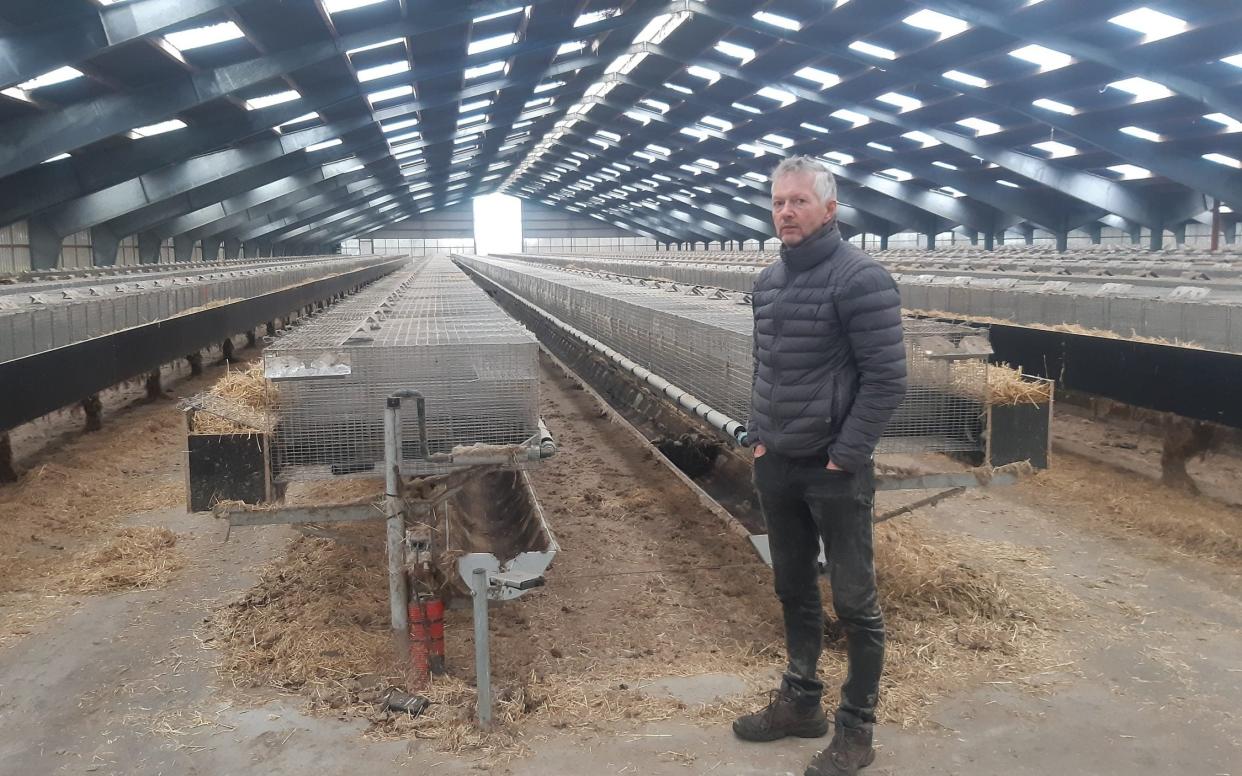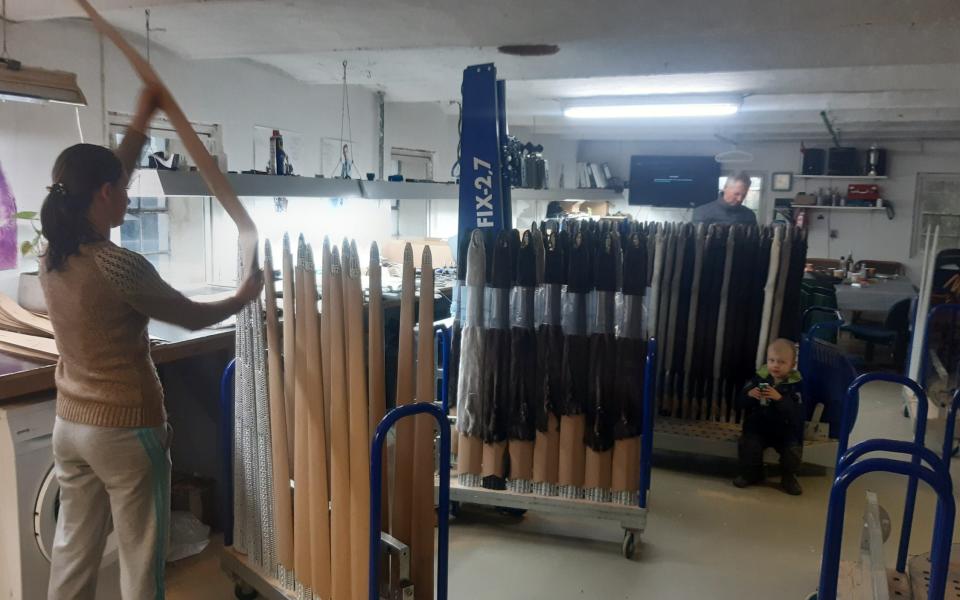'You were too fast, Mette': Denmark's mink farmers grieve end of industry after mass cull

Peter Hindbo takes a mink pelt from his 4-year-old grandson, turns it fur-side out with a vacuum tube, and tosses it into a barrel of sawdust for a final tumbling.
Outside, his mink sheds on the family's traditional Danish courtyard farm in central Jutland are now completely empty. Just a single rack of chilled carcasses remains to be skinned after a nationwide cull forced him to wipe out his own farm stock of 25,000 animals.
“I think we'll be finished in three hours,” he says. “And then it's all over. It's so sad.”
Whatever you think about the ethics of the fur industry, it's difficult not to feel sympathy for a man forced to destroy a family business he has spent the last 35 years building up - growing it from 400 to 3,600 breeding females.
And it's not just Mr Hindbo. Since Denmark's government at the start of last month gave the country's 1,500 fur farmers just 12 days to cull the country's entire population of 17 million mink in an attempt to eradicate a new vaccine-resistant Covid-19 mutation, a world-leading industry has been destroyed almost overnight.

In the drying room, Mr Hindbo shows me some recently finished pelts.
"This type is called sapphire. We are the best in the world at this," Peter says as he runs his hand over a creamy, silvery pelt.
"Our farm is the best in Denmark, and if you are the best in Denmark, you're the best in the world."
The way he tells it, since Danish farmers began breeding mink in the 1930s, the breeding stock has been transformed. Danish minks have richer fur, shorter hair, have more puppies, and are bigger than those produced in China.
Danish farmers have also managed to keep out mink plasmacytosis, the AIDS-like disease that has devastated herds elsewhere.
But all of that appears to now be lost. "It was the plan that I should buy the rest of the farm in 2022," Andreas says. "Everything was accepted from the bank, and then this came, and it all collapsed."
Restarting a mink farm from scratch has not been banned, but the difficulties would be numerous.
Farmers will miss the support of the Danish Fur Breeder's Association, or Kopenhagen Fur, the marketing organisation and auction house it operates, which will likely be closed or scaled down, making them vulnerable to animal rights groups. Additionally, the companies making mink feed, cages and machinery are all shutting down.
The tragedy for Mr Hindbo is that it now looks like none of this was really necessary.
Two days before he finished killing off the last of his minks, Denmark's government admitted that it had no legal right to demand the cull of animals in farms without nearby coronavirus outbreaks. Even Denmark's SSI infectious diseases agency, which sounded the warning that Denmark risked becoming "a new Wuhan", recently said it had never called for a total national cull.

That's part of the reason why Denmark's Prime Minister Mette Frederiksen came to Mr Hindbo’s farm a week ago on November 26.
"What I told her was 'you were too fast, Mette'," he remembers. "'You should have taken just 24 hours more and asked some other people. Because many others said that this 'cluster five' [mutation] was not dangerous.
“And now, after all this, we hear that cluster five died out in September. So I really think it was the wrong decision. Maybe she realises that now, but it's difficult to turn it back."
Mogens Jensen, the former agriculture minister, has resigned over the scandal, and Ms Frederiksen has faced calls to follow suit.
After parliamentary talks over compensation for mink farmers broke down last month, there's still little sign of how much Mr Hindbo and his son can expect to get, with some now saying it might take five years to clear up. They want compensation not only for the minks, but for all the equipment, including an estimated 10m kroner's (£1.2m) worth of machinery.
"We hope they will say 'it's over for fur farming in Denmark', and then they have to pay everything: houses, cages, everything," Peter says.
In a way, the Hindbos are lucky. At least they got to keep and sell the pelts, unlike farmers in parts of Jutland where minks are affected by coronavirus, who had their animals buried in mass graves.
Buyers know that the pelts sold this year may be the last of this quality for decades, perhaps forever, according to Mr Hindbo.
If he can sell all his 25,000 mi nk skins at a high price, he could be looking at a final payout of 7.5m kroner - close to a million pounds.
Still, the money would not make the end of his farm any less painful.
"I will miss them very much,” he said. “I've always loved this work.”
Read more: 17 million mink culled 'illegally' - no wonder Denmark's fur industry is now 'officially dead'


